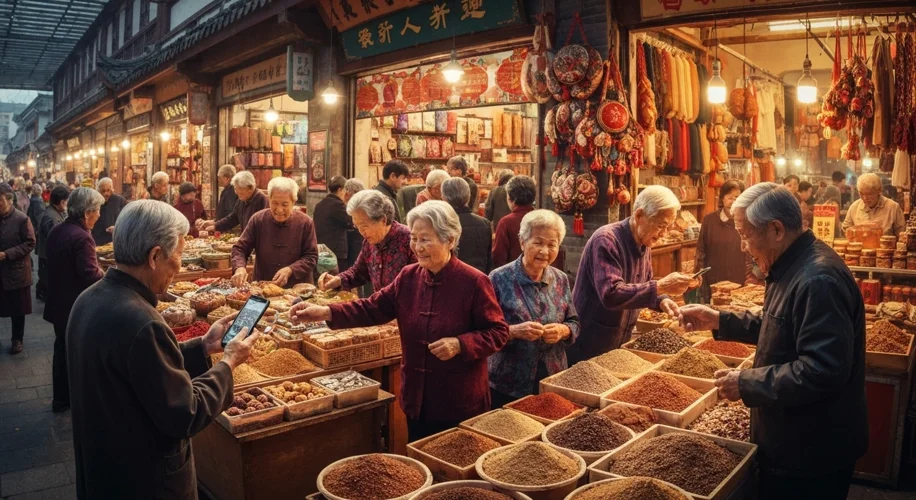As a retired tech executive, I’ve spent my career watching trends shift and economies evolve. Today, it’s fascinating to see China pivot its economic strategy, focusing intently on its older consumers. This isn’t just a minor adjustment; it’s a significant demographic play with potential ripple effects across markets.
The Rationale: A Growing, Spending Demographic
Why this shift? The numbers tell a compelling story. China’s population is aging rapidly. By 2025, it’s estimated that over 20% of China’s population will be 60 or older. This isn’t just a statistic; it represents a substantial group with increasing disposable income and specific needs. For decades, the focus was on young consumers and a burgeoning middle class. Now, the landscape is changing, and businesses are taking notice.
Think about it: as people enter retirement or their later working years, their spending habits often change. They might focus more on healthcare, leisure activities, comfortable living, and services that enhance their quality of life. This demographic isn’t just looking for basic necessities; they’re looking for value, quality, and solutions tailored to their life stage.
Market Dynamics: New Opportunities Emerge
This demographic shift is creating new opportunities and reshaping existing markets. We’re seeing a surge in demand for products and services catering to seniors. This includes:
- Healthcare and Wellness: From advanced medical devices to specialized supplements and health management services, the demand is high.
- Leisure and Travel: With more free time, older adults are increasingly investing in travel, hobbies, and cultural experiences.
- Technology Adoption: Contrary to some stereotypes, many older Chinese consumers are adopting technology, especially if it simplifies their lives, like smart home devices or user-friendly communication tools.
- Housing and Living Solutions: As mobility and needs change, there’s a growing market for adapted housing, assisted living facilities, and home care services.
Companies that can understand and cater to these evolving needs are likely to see significant growth. It requires a different approach than targeting younger demographics – emphasizing reliability, ease of use, and customer support.
Potential Impact on Growth
Focusing on older consumers can provide a stable, albeit different, engine for economic growth. While younger demographics might drive trends in fast fashion or cutting-edge tech gadgets, seniors represent a more consistent and often less volatile consumer base. Their spending can contribute to sectors that are vital for a healthy economy, particularly in services and specialized goods.
From my perspective, this is a smart strategic move for China. It acknowledges a demographic reality and seeks to harness the economic potential within it. It’s a reminder that economic strategies need to be agile, adapting to the fundamental changes in who makes up the market. It’s not just about quantity of consumers, but also about understanding their quality of life and their capacity to contribute to and benefit from economic activity. It’s a fascinating development to watch as it unfolds, and I’m curious to see how businesses innovate to meet the needs of China’s growing senior population.

